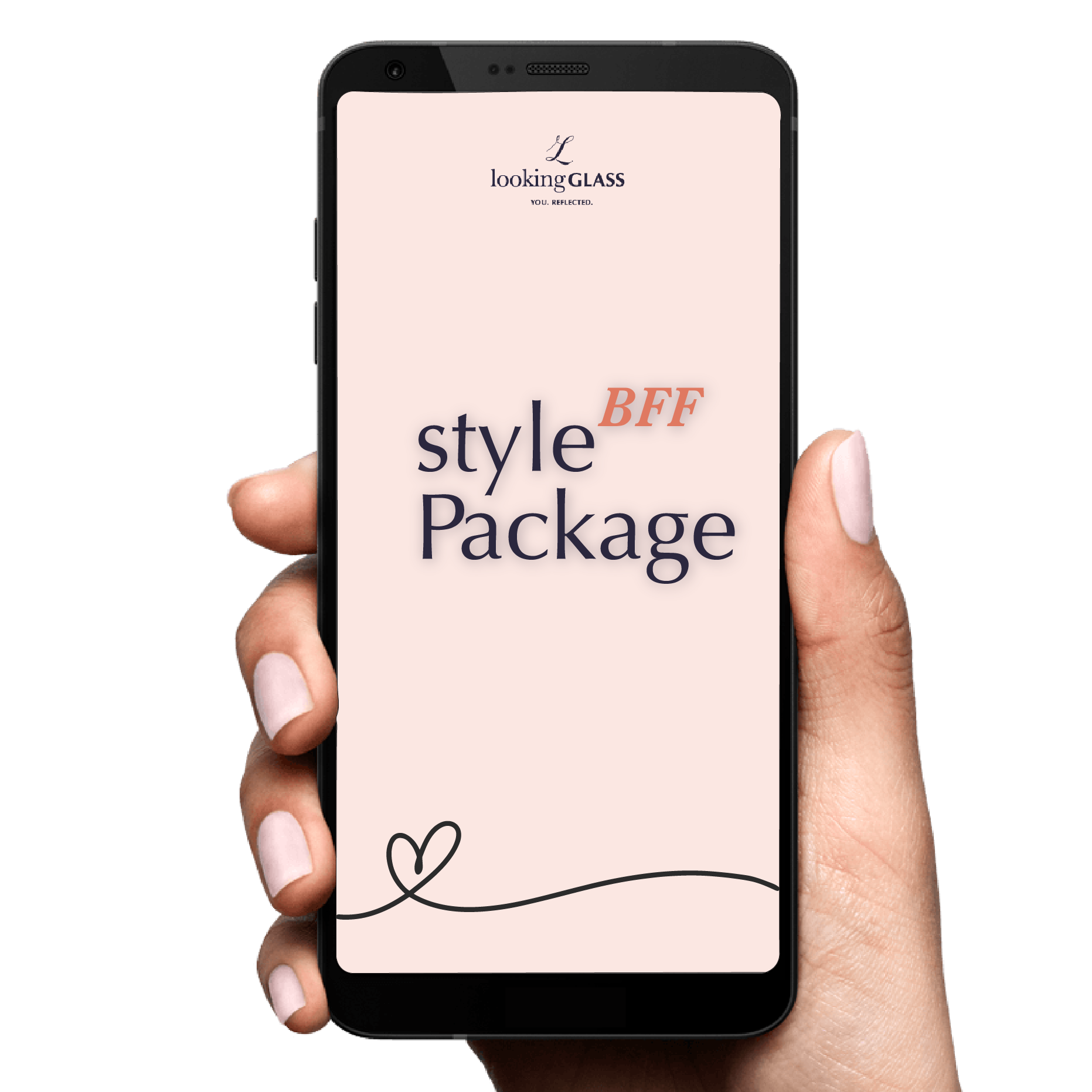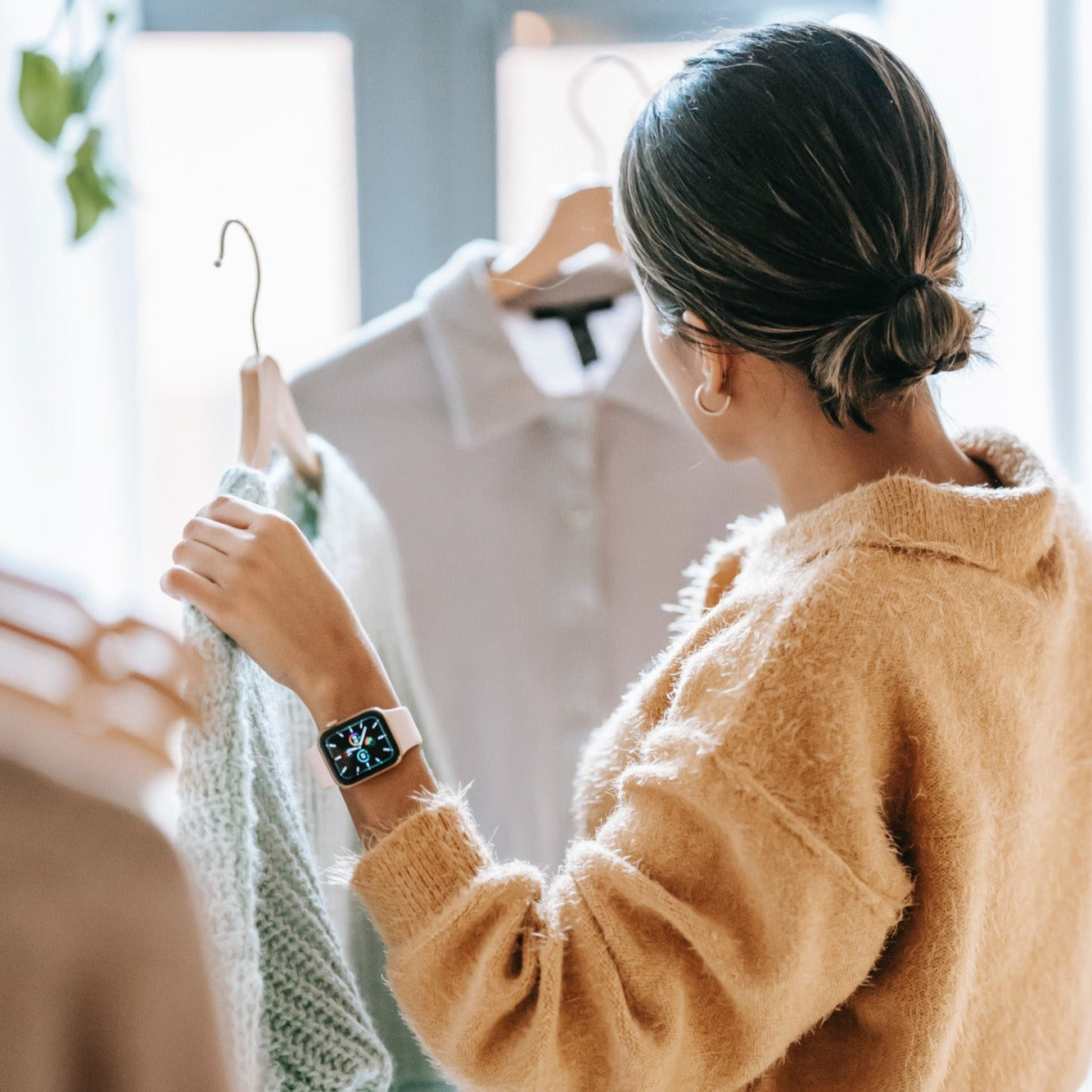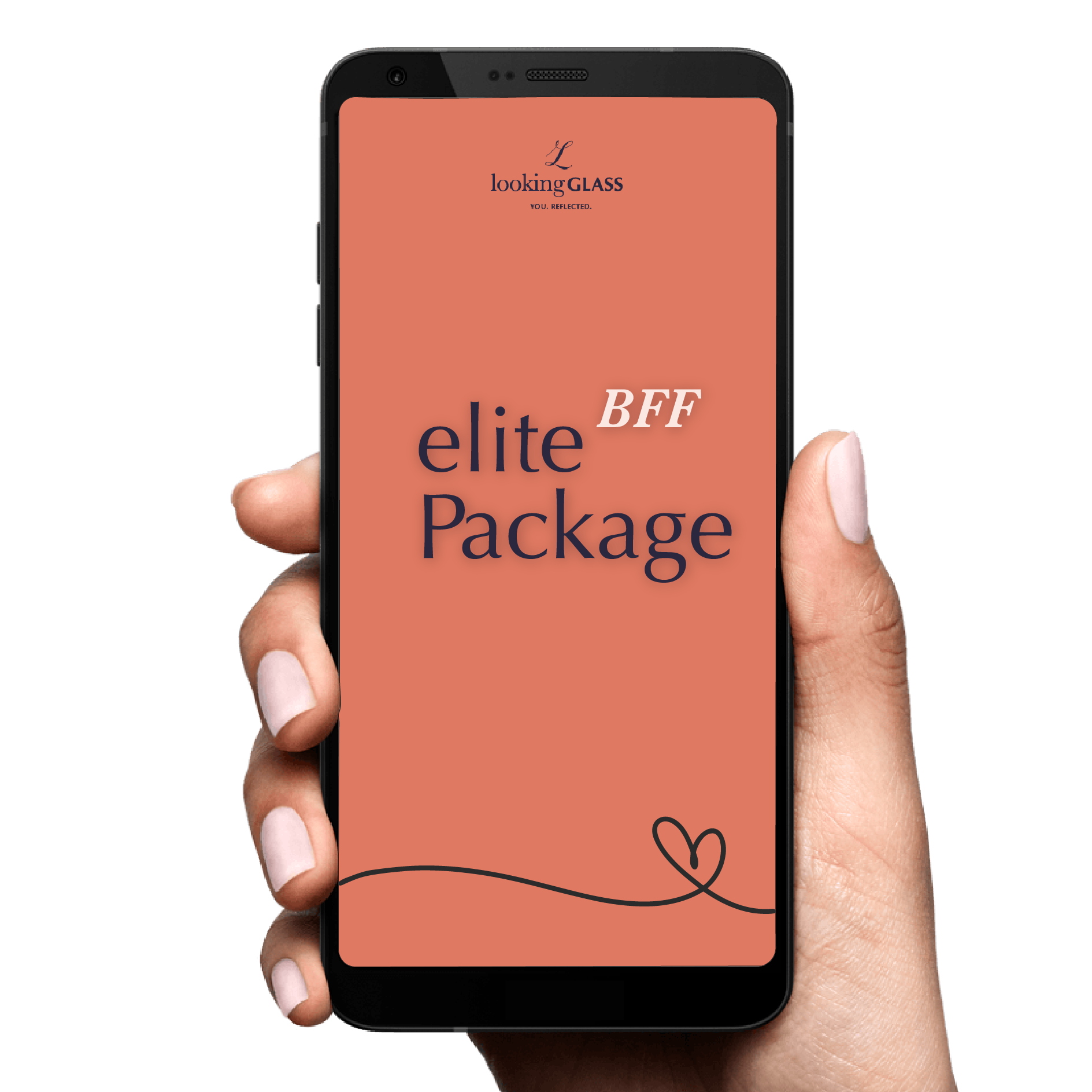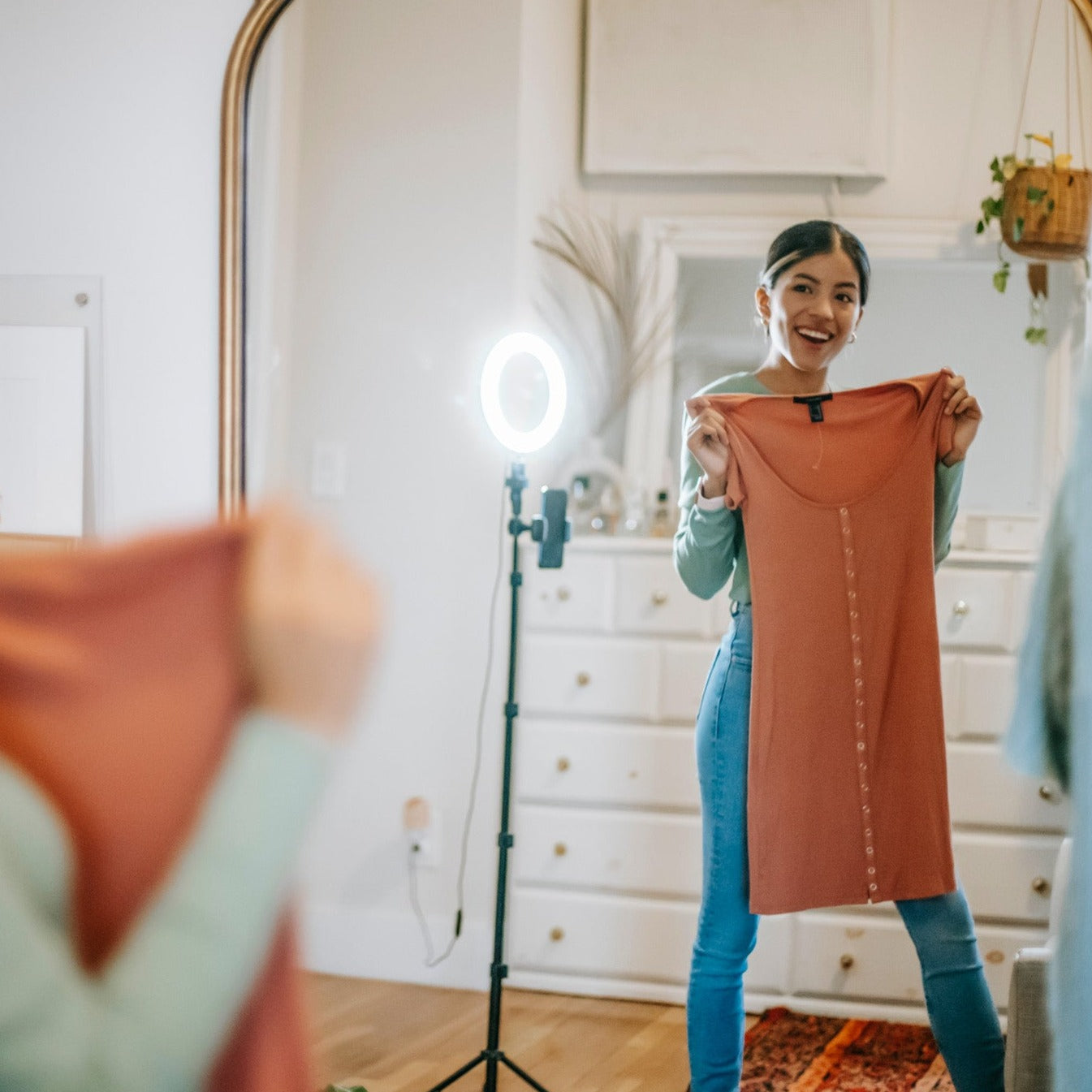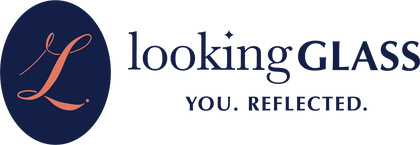Quick Listen:
In the face of a rapidly changing world, the fashion industry stands at a crossroads. Traditionally driven by trends that change seasonally, the industry has long favored fast fashion mass-produced, inexpensive, and disposable clothing that encourages constant consumption. However, an important shift is underway: the rise of slow fashion.
Slow fashion, a movement focused on sustainability, ethical production, and timeless designs, is gaining traction among consumers, designers, and brands alike. In this article, we will explore the future of slow fashion in everyday style, highlighting the key elements that are reshaping the industry and how this shift towards more conscious consumption is influencing the way we dress.
The Evolution of Slow Fashion
At its core, slow fashion is the antithesis of fast fashion. It rejects the disposable nature of trend-driven clothes and instead emphasizes quality, longevity, and sustainability. Slow fashion encourages consumers to purchase fewer, better-made garments that stand the test of time, both in terms of durability and style.
While the movement has been gaining momentum for over a decade, the urgency surrounding issues like climate change, environmental degradation, and social inequality has brought it to the forefront of conversations about the future of fashion. As consumers become more informed about the environmental and ethical implications of their clothing choices, they are increasingly seeking brands that align with their values.
The future of slow fashion in everyday style is not only about reducing the environmental impact of fashion but also about creating a new standard for how we approach our wardrobes. This movement advocates for thoughtful, mindful consumption, promoting pieces that last and are designed to be versatile, functional, and stylish for years to come.
Sustainability at the Heart of Slow Fashion
One of the driving forces behind slow fashion is sustainability. The fashion industry is one of the largest contributors to environmental pollution, from the excessive water usage in textile production to the staggering amount of clothing waste generated each year. In response, slow fashion advocates for the use of eco-friendly materials, reduced waste, and environmentally conscious production methods.
Eco-Friendly Materials
The future of slow fashion will be marked by a shift toward the use of sustainable materials. From organic cotton and linen to innovative fabrics made from recycled plastic bottles or plant-based fibers like hemp and bamboo, designers are embracing alternatives to the conventional, resource-draining materials traditionally used in the fashion industry.
For instance, brands are increasingly turning to plant-based leathers made from mushrooms, apples, and pineapples. These materials not only offer a cruelty-free alternative to traditional leather but also come with a significantly lower environmental impact.
Circular Fashion
Another aspect of sustainability in slow fashion is the move towards a circular economy. Circular fashion encourages the reuse, recycling, and repurposing of clothing, extending the lifespan of garments rather than contributing to the growing landfill crisis. This can involve creating clothing that is easier to recycle, designing garments for longevity, or offering take-back programs where customers can return old items for refurbishment or recycling.
Brands such as Patagonia, Stella McCartney, and Eileen Fisher have pioneered circular fashion initiatives, promoting repair, resale, and recycling. As more companies embrace these practices, the future of fashion will likely see a significant decrease in the amount of textile waste generated each year.
Ethical Production and Transparent Sourcing
Another critical pillar of the slow fashion movement is ethical production. Consumers are becoming more conscious of the working conditions under which their clothing is produced. As awareness about labor exploitation and unsafe working conditions in the fashion industry has grown, so has the demand for transparency.
Fair Labor Practices
Slow fashion advocates for fair wages, safe working conditions, and respect for worker's rights. Brands that prioritize ethical production ensure that their workers are paid fairly, provided with safe environments, and are treated with dignity and respect. This commitment to social responsibility is crucial to the future of fashion, as more consumers demand that their clothing be produced in ways that align with their ethical values.
Transparent Sourcing
With consumers increasingly concerned about the origins of their clothes, transparency in sourcing is becoming non-negotiable for many brands. Labels that disclose the origin of their materials, the factories where their clothes are made, and the supply chain practices they follow are gaining consumer trust.
Companies like Everlane and Reformation are at the forefront of the movement towards transparency, offering detailed information about their sourcing and production practices. As consumers continue to demand accountability from brands, transparency will become a standard practice in the fashion industry, ensuring that the future of fashion is not just about style, but about ethical responsibility.
Timeless Designs: Embracing Versatility and Longevity
A key aspect of slow fashion is the emphasis on timeless designs that transcend seasonal trends. The future of fashion will be defined by pieces that are versatile, functional, and designed to last, rather than quick, trendy garments that lose their appeal after one season.
Quality Over Quantity
In contrast to the fast-fashion model, which encourages the constant purchase of cheap, disposable clothing, slow fashion promotes the idea of investing in fewer but higher-quality pieces. These garments are designed to be durable, well-made, and versatile, ensuring they remain relevant and wearable for years to come.
For example, a well-made coat or a pair of classic jeans may cost more upfront, but their longevity and timeless style make them worthwhile investments. As consumers prioritize quality over quantity, the future of everyday style will focus on building a wardrobe of carefully curated pieces that can be mixed and matched for a variety of occasions.
Minimalism and Functionality
As part of this shift towards timeless designs, minimalism is also gaining popularity. Consumers are moving away from cluttered wardrobes filled with trend-driven items and instead embracing a more streamlined approach to fashion. The future of slow fashion will feature fewer but more versatile pieces that serve multiple purposes, can be styled in various ways, and are built to last.
Brands that prioritize minimalist design and functionality, such as Uniqlo and Muji, are already leading the way in offering high-quality basics that transcend fleeting trends. This focus on practicality ensures that slow fashion pieces are not only aesthetically pleasing but also serve a purpose in everyday life.
The Role of Technology in Shaping the Future of Fashion
Technology will also play a significant role in the future of slow fashion. Innovations in textile production, waste reduction, and sustainable sourcing are already making a difference in the way fashion is made. For instance, digital design tools are helping brands create garments with fewer prototypes, reducing waste and excess inventory.
3D Printing and Customization
One exciting development is the rise of 3D printing in fashion. This technology allows designers to create custom garments on demand, reducing the need for mass production and minimizing waste. Consumers will be able to order clothes tailored to their exact measurements, ensuring a perfect fit and reducing the likelihood of returns.
AI and Sustainable Design
Artificial intelligence (AI) is also revolutionizing fashion design by analyzing trends, consumer preferences, and material sustainability. By using AI, designers can create more sustainable collections that meet consumer demand while minimizing environmental impact.
The Consumer's Role in the Slow Fashion Movement
The success of slow fashion relies not only on the actions of brands but also on the choices made by consumers. As consumers become more conscious of the impact their purchasing decisions have on the planet and society, they are increasingly demanding change from the brands they support.
In the future, slow fashion will be a more inclusive and accessible movement, where consumers understand the importance of mindful purchasing and invest in pieces that are both stylish and sustainable. This shift towards a more responsible approach to fashion will help foster a culture of respect for the environment, workers, and the garments we wear.
A New Era for Everyday Style
The future of slow fashion in everyday style is a movement that celebrates sustainability, ethical practices, and timeless design. By embracing eco-friendly materials, transparent sourcing, and high-quality production, slow fashion is transforming the way we approach our wardrobes. As consumers increasingly prioritize quality over quantity, the industry will continue to evolve toward a more sustainable and responsible future. This revolution in fashion not only benefits the environment and workers but also empowers consumers to make more conscious choices, fostering a lasting, meaningful relationship with the clothes we wear.
You may also be interested in: Virtual Influencers in Fashion: A Trend Reshaping the Industry ...
Tired of staring at a closet full of clothes and feeling like you have nothing to wear? Our team of expert personal stylists, hand-picked for their diverse style sensibilities, understands the unique challenges real women face. We work magic with clothes you already own, or if needed, hand-pick pieces from our curated collection to build a wardrobe that's as individual as you are.
Book a Personalized Styling Session and watch your confidence soar as you discover your style that flatter your figure and make you feel amazing.
Powered by flareAI.

